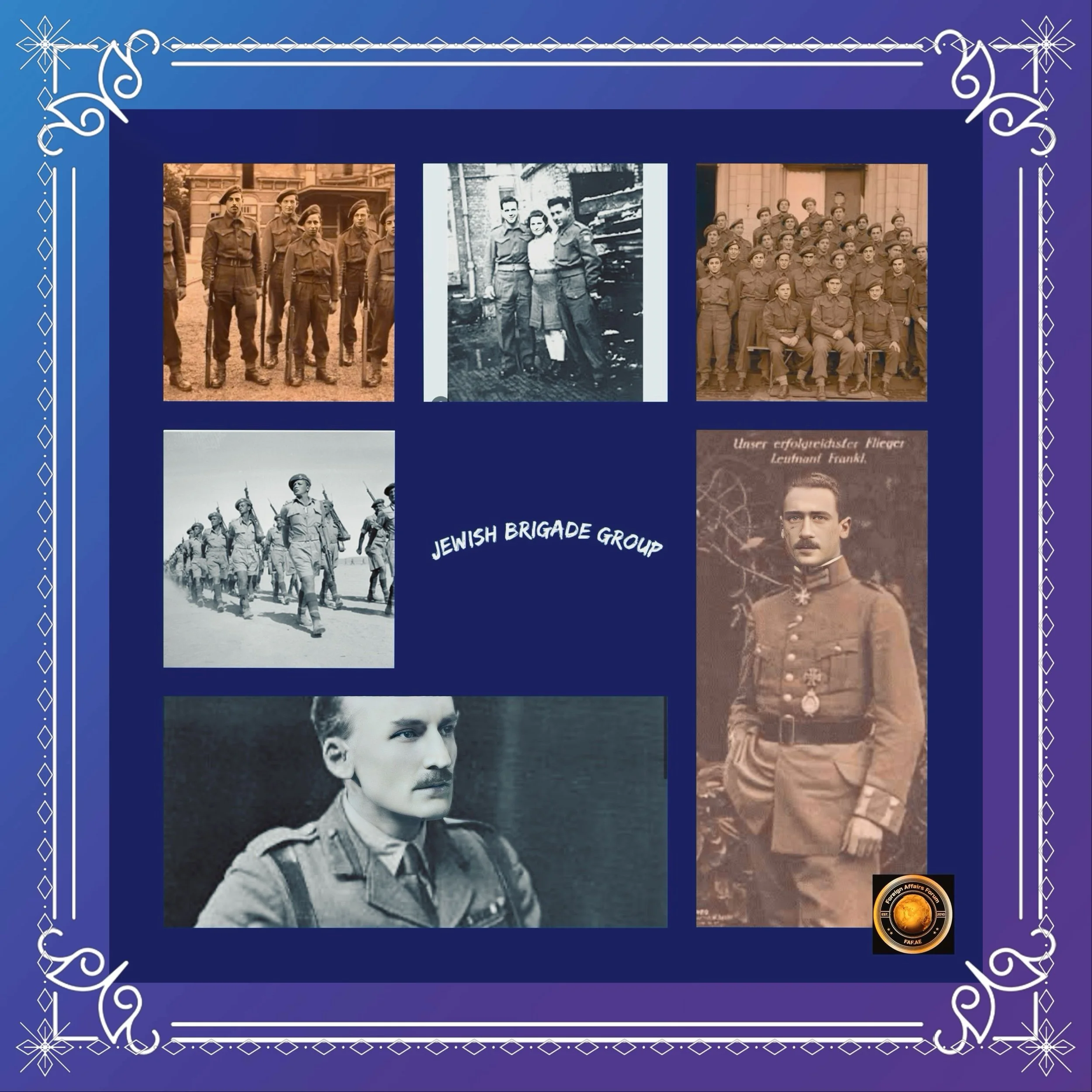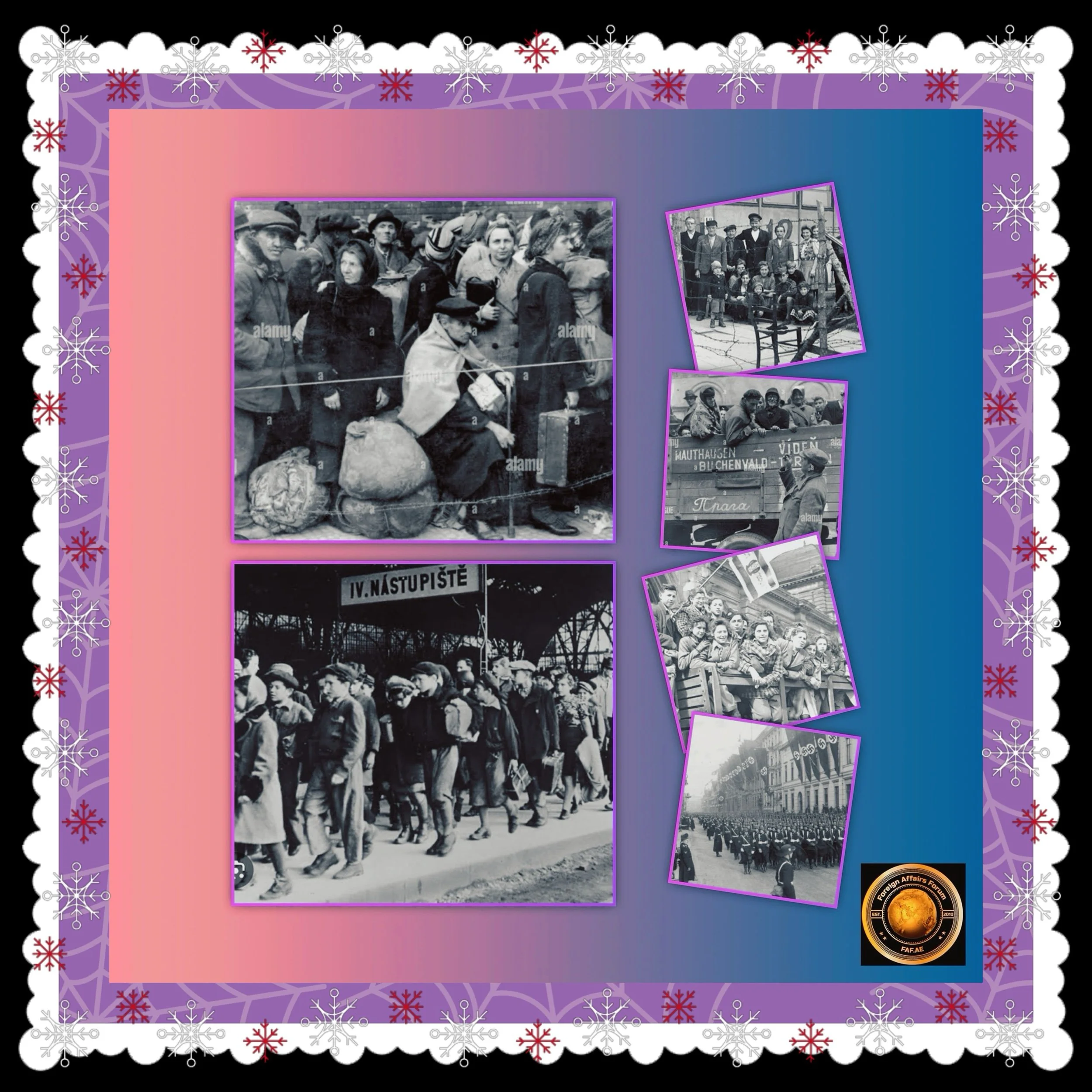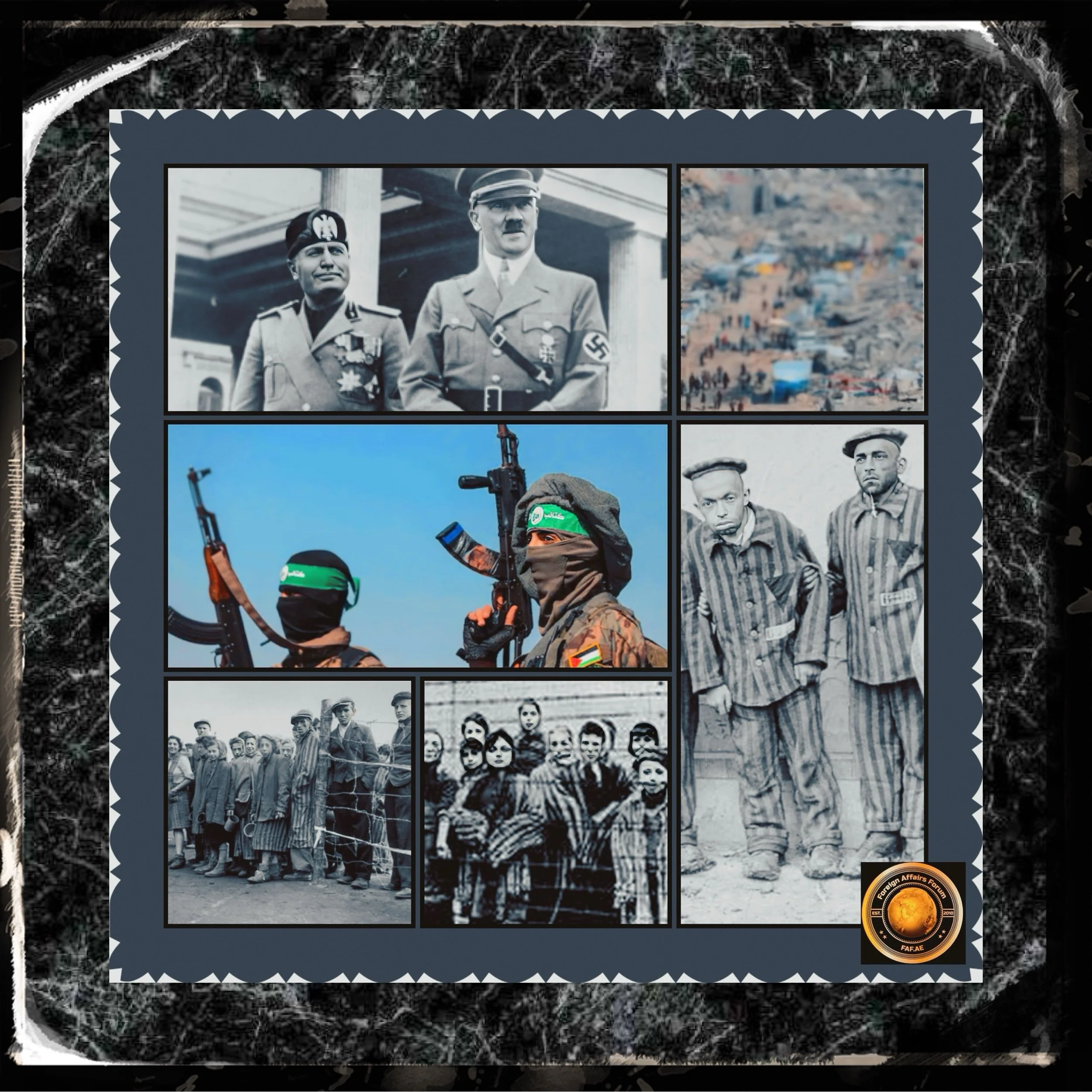The Jewish Brigade Group’s Multifaceted Role in the Foundation of Israel
Introduction
The Jewish Brigade Group, a unique military formation within the British Army during World War II, served as a critical bridge between the Holocaust’s devastation and the establishment of the State of Israel in 1948.
Comprising over 5,000 Jewish volunteers from Mandatory Palestine, the Brigade operated under the Zionist flag and combined combat operations with clandestine efforts to rescue survivors, build military infrastructure, and defy British immigration restrictions. Its contributions spanned demographic, military, and ideological spheres, laying essential groundwork for Jewish statehood.
Military Contributions and Combat Experience
Formation and Wartime Operations
The Jewish Brigade’s creation in September 1944 marked a hard-won victory for Zionist leaders like Chaim Weizmann, who had lobbied for a distinct Jewish fighting force since 1940.
Winston Churchill’s eventual approval stemmed from a mix of strategic wartime needs and growing awareness of Nazi atrocities.
Under Brigadier Ernest Benjamin, the Brigade fought in the Italian Campaign, engaging German forces at Alfonsine and the Senio River in 1945.
Though its combat role lasted only two months, the unit’s performance earned praise from British commanders, who noted its soldiers’ eagerness to confront the enemy.
This brief but intense combat period provided invaluable experience for future Israeli military leaders.
Over 35 Brigade veterans later became generals in the Israel Defense Forces (IDF), including figures like Israel Carmi, who played pivotal roles in the 1948 Arab-Israeli War.
The Brigade’s existence also legitimized Jewish military prowess internationally, countering British skepticism about Jewish combat capabilities.
Postwar Humanitarian and Clandestine Operations
Facilitating the Briḥah Movement
After Germany’s surrender, the Brigade was stationed in Tarvisio, Italy, near the borders of Austria and Yugoslavia.
This positioning proved fortuitous, as soldiers shifted focus to aiding Holocaust survivors through the Briḥah (“escape”) movement.
Using British military resources, they transported thousands of displaced Jews from Eastern Europe to Italian ports, where ships like the Exodus 1947 awaited to smuggle them into Palestine.
Brigade trucks often moved convoys of up to 1,000 survivors under darkness, providing food, medical care, and forged documents.
Historians estimate the Brigade assisted 15,000–22,000 refugees between 1945 and 1948, significantly boosting Palestine’s Jewish population ahead of statehood.
Arms Smuggling and Underground Networks
Parallel to refugee efforts, Brigade members smuggled weapons to the Haganah, the precursor to the IDF.
Soldiers exploited their access to British military depots, diverting rifles, ammunition, and vehicles to underground caches.
Yehuda Arazi, a Haganah operative within the Brigade, orchestrated these operations while posing as a British sergeant.
This illicit arms pipeline equipped Jewish militias for impending conflicts with Arab forces and British authorities, directly enhancing Israel’s defensive capacity at its founding.
Political and Ideological Impact
Challenging British Authority
The Brigade’s defiance of British immigration policies exposed the moral contradictions of the 1939 White Paper, which had capped Jewish migration to Palestine.
High-profile incidents, such as the interception of the Exodus 1947, galvanized global sympathy for Zionist aims.
By flouting British restrictions, the Brigade underscored the urgency of Jewish self-determination and eroded Britain’s moral authority to govern Palestine.
Vengeance and Justice
Brigade members also participated in vigilante justice against Nazis and Jewish collaborators. Groups like Nakam and Tilhas Tizig Gesheften (TTG) assassinated hundreds of SS officers and Kapos, often using kangaroo courts to mete out executions.
While controversial, these actions symbolized a rejection of victimhood and reinforced the Zionist narrative of Jews as active defenders of their people—a theme central to Israel’s founding ethos.
Demographic and Institutional Foundations
Strengthening the Yishuv
The influx of Holocaust survivors aided by the Brigade transformed Palestine’s demographic landscape.
By 1948, Jewish numbers had tripled since 1939, reaching 650,000—a critical mass for statehood.
Many survivors joined the Haganah, comprising 40% of its forces during the 1948 war. Their participation not only bolstered military ranks but also symbolized the redemption of persecuted people through state-building.
Legacy in the IDF
The Brigade’s disbandment in 1946 did not end its influence. Veterans like Carmi applied their logistics expertise to establish Briḥah routes across Europe, ensuring a steady flow of immigrants.
During Israel’s War of Independence, former Brigade officers commanded key battalions, leveraging their British-trained discipline to outmaneuver Arab forces. Their contributions exemplify how the Brigade served as a “military academy” for Israel’s nascent army.
Conclusion
The Jewish Brigade Group operated at the intersection of humanitarianism, insurgency, and statecraft. Its members’ dual roles as soldiers and smugglers, liberators, and avengers reflected the paradoxical realities of post-Holocaust Zionism.
By facilitating mass immigration, arming the Haganah, and legitimizing Jewish military agency, the Brigade helped transform a stateless people into a sovereign nation.
While its combat contributions were modest, its political and logistical legacy proved indispensable to Israel’s establishment—a testament to the adage that statehood is forged not only on battlefields but in the clandestine networks of survival and resistance.
The Brigade’s story also underscores the enduring tensions between morality and pragmatism in nation-building.
Its blend of idealism (rescuing survivors) and ruthlessness (assassinating collaborators) prefigured the complexities of Israeli statecraft, where the shadows of the Holocaust and the exigencies of sovereignty remain inextricably linked.





